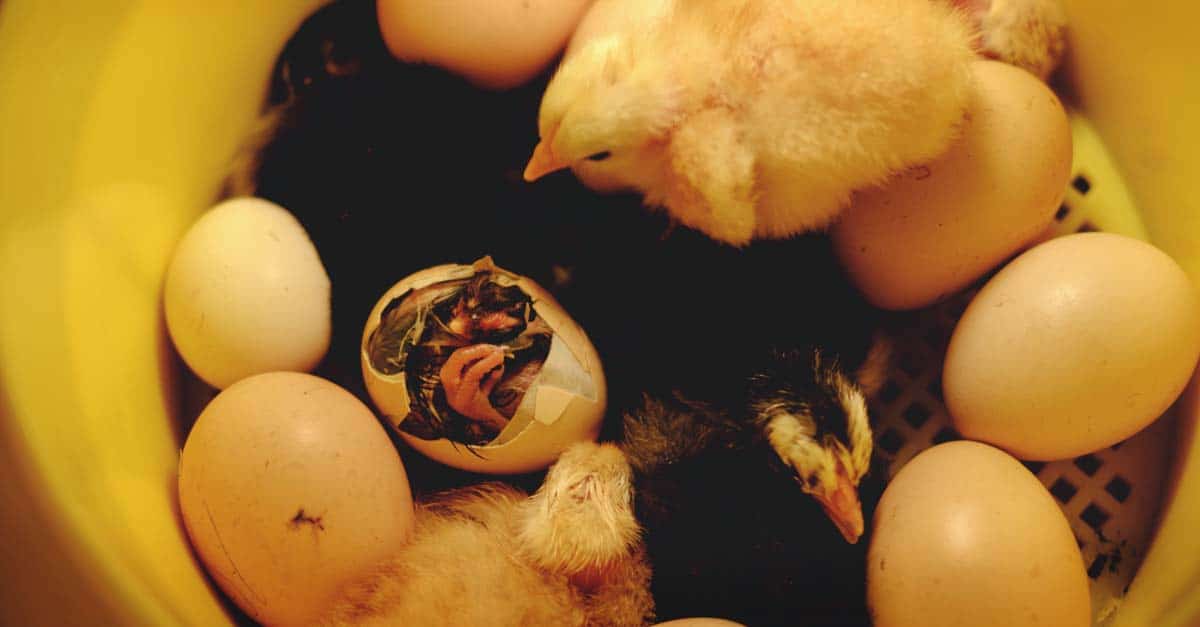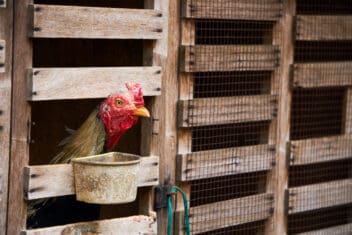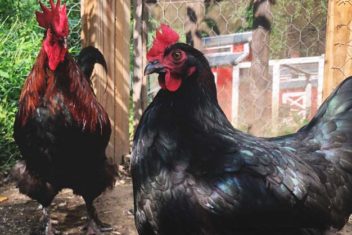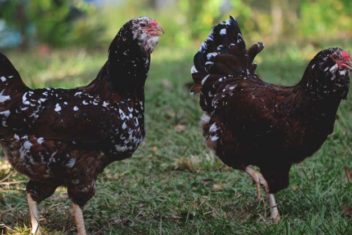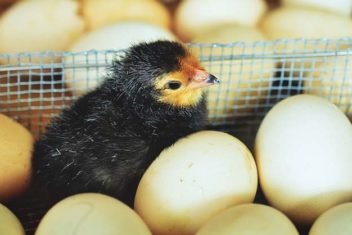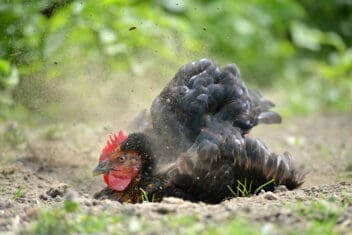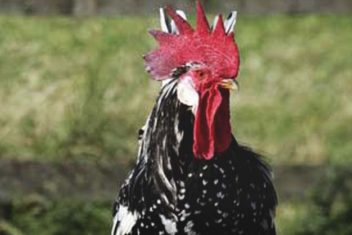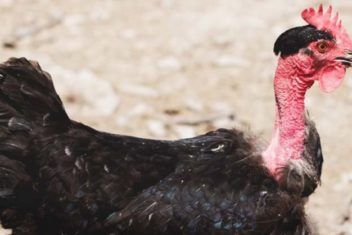There’s nothing more exciting than hearing that first tiny chirp. You’ve painstakingly, and impatiently, monitored your incubator… almost obsessively. Hey, no judgment here, I’m a nervous wreck waiting for my first peeps to pip!
You’ve been continuously monitoring humidity, temperature, and airflow. And your incubator has been humming for 21 days. The anticipation has been growing, and hatching day is finally upon you.
Incubating baby chicks is an experience that is rewarding, educational, and exciting. However, every once in awhile, one of your chicks takes longer than expected to hatch.
Ideally, once a chick has pipped through its shell, the little peeper will emerge fully within 24 hours or less.
If a chick is nearing the 24-hour mark, you may have noticed a decrease in energy and progress.
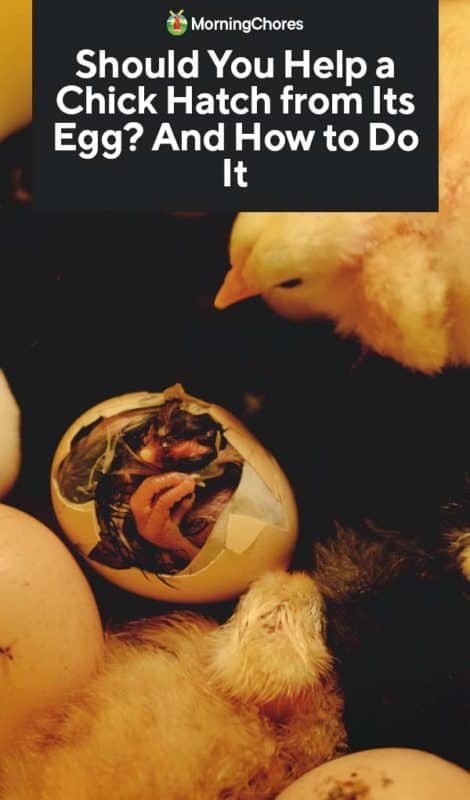
Why Might a Chick Get Stuck in Its Egg?
There are a few answers to this question, but usually, it comes down to one of two reasons:
1. Weak chick
It’s a tough fact to accept, some chicks just don’t have the strength to hatch. If you think about it, breaking free from their shells is a strenuous task, and it can take hours to emerge.
Once a chick is free, it’s usually exhausted. For whatever reason, some chicks just won’t make it out.
2. Low Humidity
Humidity levels are extremely important during the incubation and hatching process. Too much humidity can cause a chick to drown, and too little can make hatching next to impossible.
Humidity should be at about 50% during the first 18 days of incubation, then raised to about 65% for the last few days and during hatch.
The reason for the increase is due to the membrane that contains the chick within the shell. If you’ve ever peeled a hard-boiled egg, and found the pliable membrane under the shell, that’s what I’m talking about. Without the increased humidity, the membrane hardens and causes some major issues (more on this soon).
Determining if You Should Help a Chick Hatch
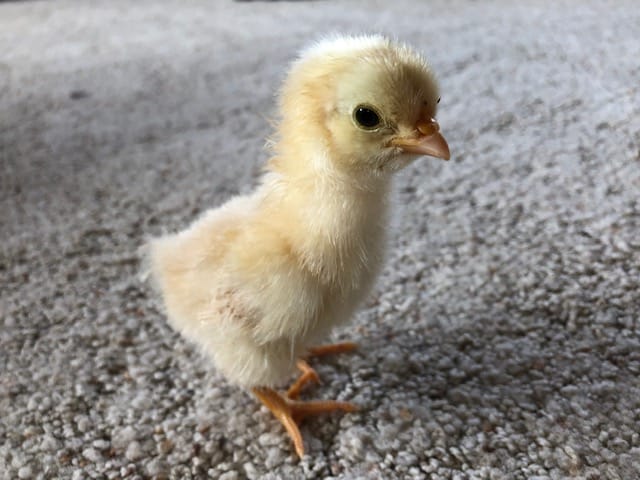
If you’ve been monitoring your chicks hatch, and you’ve got one little peep that doesn’t seem to be making any progress, it might be decision-making time. Before you start to panic, take a deep breath and whatever you do, do not open the incubator…yet.
At this point, you have to decide if it’s worth it for the chick (and hatching chicks) for you to lend a hand. Interfering with the hatching process is risky and may be painful, and traumatic, for the chick.
So, ask yourself the following questions before attempting to assist your chick in an emergency:
1. Are Other Chicks in The Process of Hatching?
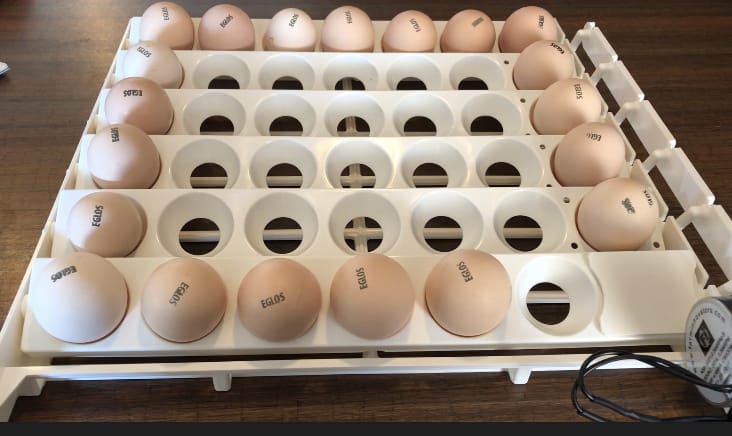
Opening the incubator to assist a struggling chick will put the others at risk for the same problem.
Prematurely opening an incubator will cause the humidity to drop and the outer membrane to shrink wrap to your chick. This restricts the movement of the chick and prevents it from hatching.
So consider carefully because if the humidity drops, any hatch-in-progress chicks will not be able to finish and will most likely die.
2. Is the Chick Lethargic?

Ask yourself if the chick in question is still trying to hatch.
If the baby chick is no longer peeping and hasn’t moved in the last hour or two, it might be more humane, and safer for the other hatching chicks, to leave it alone.
But, if the chick is still alive, an emergency “delivery” can be attempted; however, it is not a pleasant process. Intervening will not guarantee the chick’s survival and you must decide if it’s worth it to put the chick through the stress of an unnatural hatch.
If you believe that the chick is not strong enough to survive this procedure, consider letting nature take its course as your best option.
3. Can You See Blood?
If you can see that the chick has not absorbed its yolk, its veins are visible, or there is blood present, do not intervene. The chick’s best chance is on its own. Disturbing the chick under these circumstances would mean interrupting an important process, therefore, causing the chick’s chances of survival to diminish significantly.
4. How Far Along is The Chick?
If it has been 24 hours, and there is only a small hole, very little peeping or movement, it is possible that this chick is not strong enough to take on the world. As hard as this sounds, consider leaving the chick alone, and hope for the best.
How to Help a Chick Hatch
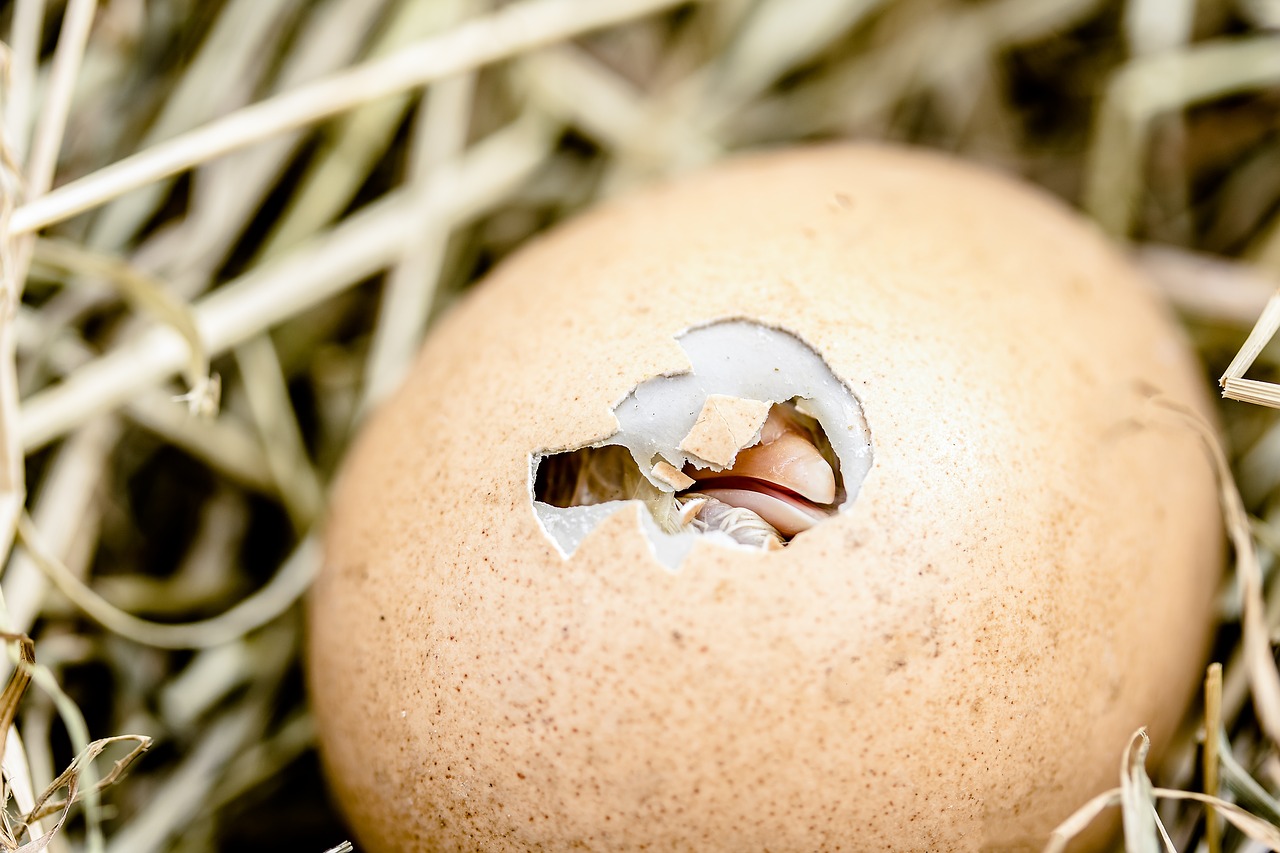
As you can see, this isn’t a decision to be taken lightly. However, if you do determine that you can assist the chick without putting the others at risk, the method below may provide a favorable outcome.
You will need:
- A small bowl of warm water
- 2 washcloths
- Tweezers
- Good lighting
1) Fill the bowl with warm water and lay the washcloth over it so it becomes wet while barely touching the water. (This is a bit of a safety net to ensure you can’t accidentally drop the chick into the bowl of water)
2) Lower the chick onto the warm, wet, cloth. Moisten the dried membrane where it is attached to the chick with the second damp, warm, cloth. Hold the fabric on the chick for a few moments at a time. The goal is to reintroduce humidity to the hardened membrane, making it more playable, and eventually be able to remove it.
This part of the process can be tedious and take quite a while, but patience is key. Never pull or rip the egg/membrane off the chick as it may tear its tender skin or rip exposed veins.
You may need to crack the egg in areas to remove it…do this as gently as possible.
3). Using your fingers or tweezers, slowly begin to detach the moistened membrane from the chick. If removing the shell becomes difficult at any point, this may mean that the membrane is not wet enough to continue. Return to step 2.
IMPORTANT: If the water becomes cool, add warm water, do not let the chick grow cold during the process.
4) Once the chick is free of its shell, dry it off as much as possible, and promptly return it to the incubator.
Your chances of success will vary. Even the easiest, and most successful, “deliveries” can still end with a chick that is not strong enough to survive. If you have been meticulous about temperature, humidity, airflow, and egg rotation, this situation is less likely to occur with a healthy, lively, chick.
I’ve rescued a handful of chicks in this situation. And it’s important to be honest and note that many of the chicks that survived had deformities, died young, or weren’t very healthy in general.
There’s something to be said for allowing nature to takes its course, but if you’re like me, you probably want to at least give the chick a shot at life. Just make sure to assess the situation before you open an incubator and attempt to assist an egg-stuck chick.
